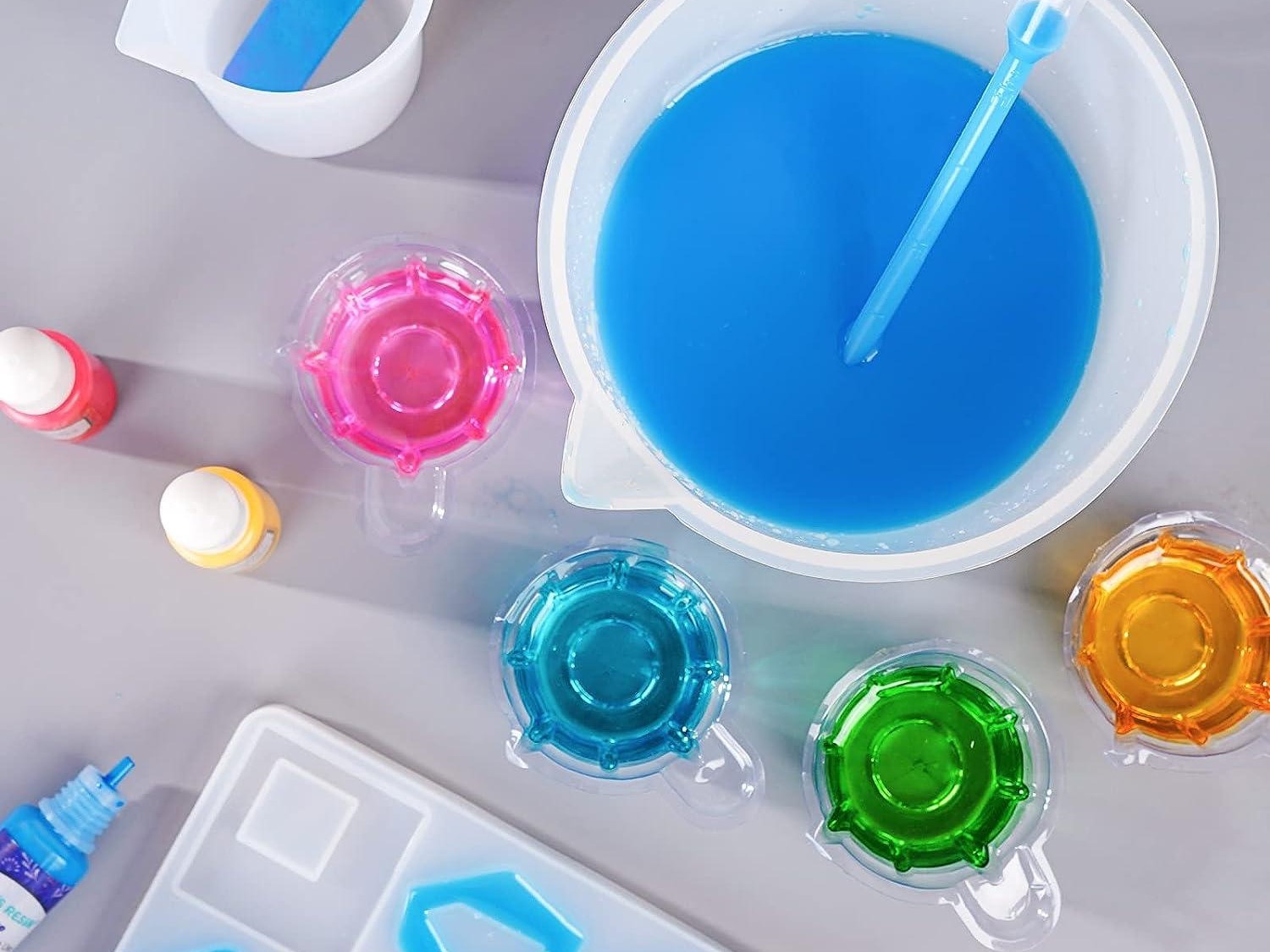

Articles
How To Store Mixed Epoxy Resin
Modified: March 2, 2024
Learn the best techniques for storing mixed epoxy resin in this helpful article. Keep your epoxy resin in top condition for future projects.
(Many of the links in this article redirect to a specific reviewed product. Your purchase of these products through affiliate links helps to generate commission for Storables.com, at no extra cost. Learn more)
Introduction
When working with epoxy resin, proper storage is essential to maintain its usability and durability. Whether you are a professional artist or a DIY enthusiast, understanding how to store mixed epoxy resin can help you save money, prevent waste, and ensure that your resin projects turn out as desired.
Epoxy resin is a versatile material commonly used in various applications, such as coating, casting, and crafting. It is a popular choice due to its excellent durability, high gloss finish, and the ability to create stunning artistic effects. However, once epoxy resin is mixed, it has a limited working time before it starts to cure and harden.
Improper storage of mixed epoxy resin can lead to premature curing, resulting in wasted product and potentially ruined projects. Additionally, exposure to moisture, temperature fluctuations, and contaminants can significantly impact the quality and performance of the resin.
In this article, we will guide you through the best practices for storing mixed epoxy resin to maximize its lifespan and ensure optimal performance. We will discuss safety precautions, choosing the right storage containers, temperature and environmental considerations, labeling and organizing, avoiding contamination, storing resin in large quantities, and provide tips for long-term storage.
By following these guidelines, you can prolong the shelf life of your mixed epoxy resin, minimize waste, and have peace of mind knowing that your resin is stored properly for future use.
Key Takeaways:
- Proper storage of mixed epoxy resin is crucial for maintaining its usability and quality, minimizing waste, and ensuring optimal performance in resin projects.
- Adhering to safety precautions, choosing the right storage containers, controlling temperature and environment, and implementing proper storage practices are essential for preserving mixed epoxy resin.
Read more: How To Store Epoxy Resin
Safety Precautions
Before we delve into the specifics of storing mixed epoxy resin, it is crucial to prioritize safety. Epoxy resin, especially in its liquid state, can be hazardous if mishandled or improperly stored. Follow these safety precautions to protect yourself and others:
- Read and understand the product instructions: Familiarize yourself with the manufacturer’s guidelines and safety information provided with the epoxy resin. It will outline specific precautions and storage recommendations for that particular product.
- Wear appropriate protective gear: Always wear goggles, gloves, and a respirator mask when working with epoxy resin. This will shield you from potential irritation, sensitization, or inhalation of harmful fumes.
- Work in a well-ventilated area: The fumes emitted by epoxy resin can be overpowering. Ensure that you have adequate ventilation in your workspace to prevent the buildup of vapors. Use fans or open windows to promote airflow.
- Store in a secure location: Keep mixed epoxy resin out of reach of children and pets. Store it in a designated area away from food, drinks, and other potentially contaminated materials.
- Dispose of waste responsibly: Follow local regulations for disposing of epoxy resin waste. Solidify cured resin before disposing of it in the trash, and dispose of liquid waste according to the appropriate guidelines.
Remember, safety should always be a top priority when working with any type of chemicals or potentially hazardous materials. Adhering to these precautions will help ensure a safe and controlled environment for storing and working with mixed epoxy resin.
Choosing the Right Storage Container
When it comes to storing mixed epoxy resin, selecting the appropriate storage container is crucial. The container you choose should protect the resin from external elements and help retain its integrity. Consider the following factors when selecting a storage container:
- Material: Opt for containers made of high-density polyethylene (HDPE) or glass. HDPE containers are resistant to chemical reactions and provide a solid barrier against moisture and contaminants. Glass containers are also a good option and allow for easy visibility of the resin.
- Sealability: Ensure that the container has an airtight seal to prevent air, moisture, and contaminants from entering. Look for containers with screw-top lids or those that come with rubber gaskets to ensure a tight seal.
- Size: Choose a container that accommodates your resin quantity without leaving excessive headspace. Leaving too much air in the container can lead to faster degradation of the resin.
- Transparency: If possible, select a container that is transparent or at least translucent. This allows you to easily monitor the resin’s clarity and check for any signs of contamination or discoloration.
- Sturdiness: Ensure that the container is durable and can withstand any accidental bumps or drops. Epoxy resin can be sticky and messy, so it’s important to have a container that can handle occasional mishandling.
Remember, never store mixed epoxy resin in containers originally used for food or drinks to avoid any accidental ingestion or cross-contamination. It is recommended to label the storage container with the contents and the date of mixture to easily track its age.
By choosing the right storage container, you can protect your mixed epoxy resin from external elements and extend its shelf life for future use.
Temperature and Environment Considerations
Proper temperature and environmental conditions play a crucial role in preserving the quality and integrity of mixed epoxy resin. Here are some key considerations to keep in mind:
- Temperature range: Epoxy resin typically cures at specific temperature ranges. To maintain the resin’s working time and prevent premature curing, store it in an area with a consistent temperature between 60°F (15°C) and 80°F (27°C).
- Avoid extreme temperatures: Avoid storing epoxy resin in areas exposed to extreme heat or cold, such as direct sunlight, near heaters, or in freezing temperatures. Extreme temperatures can alter the resin’s viscosity and affect its performance.
- Moisture control: Moisture can negatively impact the quality of epoxy resin. Avoid storing it in humid or damp areas to prevent the resin from absorbing moisture, which can result in cloudiness or compromised curing properties.
- UV exposure: Extended exposure to ultraviolet (UV) radiation can cause discoloration and degradation of epoxy resin. Store mixed resin in a dark or opaque container to shield it from UV rays and preserve its clarity.
- Stability: Reduce the risk of accidental spills or leaks by storing the containers in a stable position. This helps prevent damage to the container and minimizes the chances of resin mixing or unwanted interactions with other substances.
Additionally, it’s important to note that temperature fluctuations and environmental factors can affect epoxy resin differently depending on its formulation and curing time. Always refer to the manufacturer’s recommendations for specific temperature and environment considerations.
By controlling the temperature and ensuring a suitable environment for your mixed epoxy resin, you can maintain its quality and prolong its shelf life.
Labeling and Organizing the Resin
Proper labeling and organization of mixed epoxy resin are essential for easy identification, inventory management, and maintaining a well-organized workspace. Here are some tips to help you label and organize your resin:
- Label the containers: Clearly label each storage container with the contents, including the type of resin and the date it was mixed. This will help you identify the resin easily and keep track of its age.
- Include additional information: If you have specific resin formulations or additives, note them on the label. This will be helpful if you need to recreate a particular mixture or determine the resin’s specific characteristics later on.
- Create a storage system: Designate a specific area or storage shelf dedicated to epoxy resin. This will keep your resin containers organized and separate from other materials, reducing the risk of accidental mixing or contamination.
- Categorize by resin type: If you work with different types of epoxy resin, consider grouping them together based on their characteristics or intended applications. This will make it easier to locate the desired resin when working on specific projects or tasks.
- Utilize storage containers: To further organize your resin and keep small quantities readily accessible, consider using smaller storage containers within the larger storage area. This can be done using bins, drawers, or dividers to keep everything tidy.
- Keep inventory records: Maintain a record of your resin supplies, including the quantity and date of purchase or manufacture. This will help you monitor your resin stock and promptly order or mix more resin when needed.
By labeling and organizing your resin, you can save time searching for the right container and ensure that your resin is used before its expiration date. It also allows you to keep track of your inventory and plan future projects accordingly.
Store mixed epoxy resin in a cool, dry place away from direct sunlight and heat sources. Keep it in a sealed container to prevent moisture and air exposure, which can cause it to cure prematurely.
Read more: How To Make Epoxy Resin Wall Art
Avoiding Contamination
Contamination can adversely affect the quality and performance of mixed epoxy resin. To ensure optimal results, it is crucial to take steps to avoid contamination during the storage process. Here are some measures you can take:
- Clean storage containers: Before transferring the mixed resin into a storage container, ensure that it is clean and free from any residual substances. Use lint-free cloths or wipes to remove any dust, debris, or previous residue.
- Avoid cross-contamination: Never reuse containers that previously contained different substances, as this can introduce foreign elements into the resin and compromise its integrity. Always use dedicated containers for epoxy resin storage.
- Minimize air exposure: Air exposure can lead to contamination and degradation of epoxy resin. When pouring the resin into a storage container, do it slowly and carefully to minimize air bubbles and splashes.
- Keep lids securely closed: Ensure the lids of the storage containers are tightly closed at all times when not in use. This helps prevent dust, dirt, and other particles from entering and contaminating the resin.
- Handle with clean tools: When working with mixed epoxy resin, use clean utensils, such as spatulas or stir sticks, to avoid introducing contaminants. Stainless steel or plastic tools are recommended over wood, as wood can release tannins that can discolor the resin.
- Store away from potential contaminants: Keep the storage area free from substances that can potentially contaminate the resin, such as chemicals, solvents, or abrasive materials. Store the containers in a dedicated, clean space to minimize the risk of accidental contamination.
By taking preventative measures and being mindful of potential sources of contamination, you can ensure that your mixed epoxy resin remains clean and free from unwanted particles, leading to successful resin projects.
Storing Resin in Large Quantities
Storing epoxy resin in large quantities requires additional considerations to ensure its preservation and usability. Whether you have bulk quantities for commercial use or simply prefer to stock up on resin, here are some tips for storing resin in large quantities:
- Use sealed containers: Opt for larger, airtight containers specifically designed for bulk storage. These containers should have secure lids that provide a tight seal to prevent air, moisture, and contaminants from entering.
- Divide resin into smaller portions: If possible, divide the bulk resin into smaller portions before storing it. This allows you to access the resin without exposing the entire supply to potential contamination each time you need to use it.
- Consider storage temperature: Maintain a controlled storage temperature between 60°F (15°C) and 80°F (27°C) for large quantities of resin. Ensure the storage area is well-ventilated and does not experience extreme temperature fluctuations.
- Keep resin containers upright: Store the containers in an upright position to prevent any leakage or inadvertent mixing during storage. This will also help maintain the consistency of the resin and prevent any unnecessary wastage.
- Rotate storage: Implement a “first in, first out” system to ensure that older resin is used before newer batches. This helps prevent resin from expiring and ensures that you are always working with fresh resin.
- Monitor the storage area: Regularly inspect the storage area for any signs of damage, such as leaks or cracks in the containers. Additionally, check for any changes in temperature or humidity that may affect the quality of the resin.
By following these guidelines, you can store epoxy resin in large quantities more effectively. Proper storage practices will help preserve the resin’s usability, prevent waste, and ensure the longevity of your epoxy resin supply.
Tips for Long-Term Storage
Long-term storage of epoxy resin requires extra care to maintain its quality and usability over an extended period. Whether you’re planning to store the resin for several months or even years, consider the following tips:
- Choose a cool, dark location: Find a storage area that is consistently cool and away from direct sunlight. Excessive heat can speed up the resin’s degradation, while UV exposure can potentially discolor or weaken its properties.
- Keep resin containers sealed: Ensure that the storage containers remain tightly sealed at all times. Avoid opening the containers unless necessary to minimize exposure to air and contaminants.
- Inspect for signs of degradation: Regularly check the resin for any changes in viscosity, color, or consistency. If you notice any signs of degradation or hardening, it may be a sign that the resin has reached the end of its shelf life.
- Store in a stable position: Keep the resin containers stored in an upright position to prevent leakage or accidental mixing. This will also help maintain the resin’s integrity and ensure that it remains usable when you’re ready to use it.
- Rotate stock: Utilize a “first in, first out” approach when taking out resin for projects. This helps ensure that older resin is used before newer batches, reducing the chances of resin waste.
- Check for moisture and contaminants: Regularly inspect the storage area and containers for any signs of moisture or contaminants. If you notice any, take appropriate measures to address the issue to prevent potential resin contamination.
- Follow manufacturer guidelines: Always refer to the manufacturer’s recommendations for specific storage instructions and shelf life. Different resin formulations may have varying storage requirements, so it’s important to adhere to their guidelines.
Long-term storage of epoxy resin requires diligence and attention to detail. By implementing these tips, you can ensure that your resin remains in good condition and is ready for use whenever you need it, even after an extended period of storage.
Conclusion
Proper storage of mixed epoxy resin is vital for maintaining its usability and preserving its quality. By following the guidelines and tips outlined in this article, you can ensure that your epoxy resin remains in optimal condition for future use. Remember these key points:
- Adhere to safety precautions to protect yourself and others when working with epoxy resin.
- Choose the right storage container made of appropriate materials and with a secure seal.
- Control the temperature and environment to prevent premature curing and maintain resin integrity.
- Label and organize resin containers for easy identification and inventory management.
- Avoid contamination by using clean tools, minimizing air exposure, and storing resin away from potential contaminants.
- Implement proper storage practices for storing resin in large quantities.
- Follow the tips for long-term storage to ensure resin longevity.
By implementing these practices, you can minimize waste, reduce the risk of resin degradation, and extend the shelf life of your mixed epoxy resin. Remember to consult the manufacturer’s instructions for specific recommendations regarding the resin you are using, as different formulations may have varying storage requirements.
With proper storage practices in place, you can confidently embark on your epoxy resin projects, knowing that your resin is stored safely and ready for use whenever you need it.
Frequently Asked Questions about How To Store Mixed Epoxy Resin
Was this page helpful?
At Storables.com, we guarantee accurate and reliable information. Our content, validated by Expert Board Contributors, is crafted following stringent Editorial Policies. We're committed to providing you with well-researched, expert-backed insights for all your informational needs.





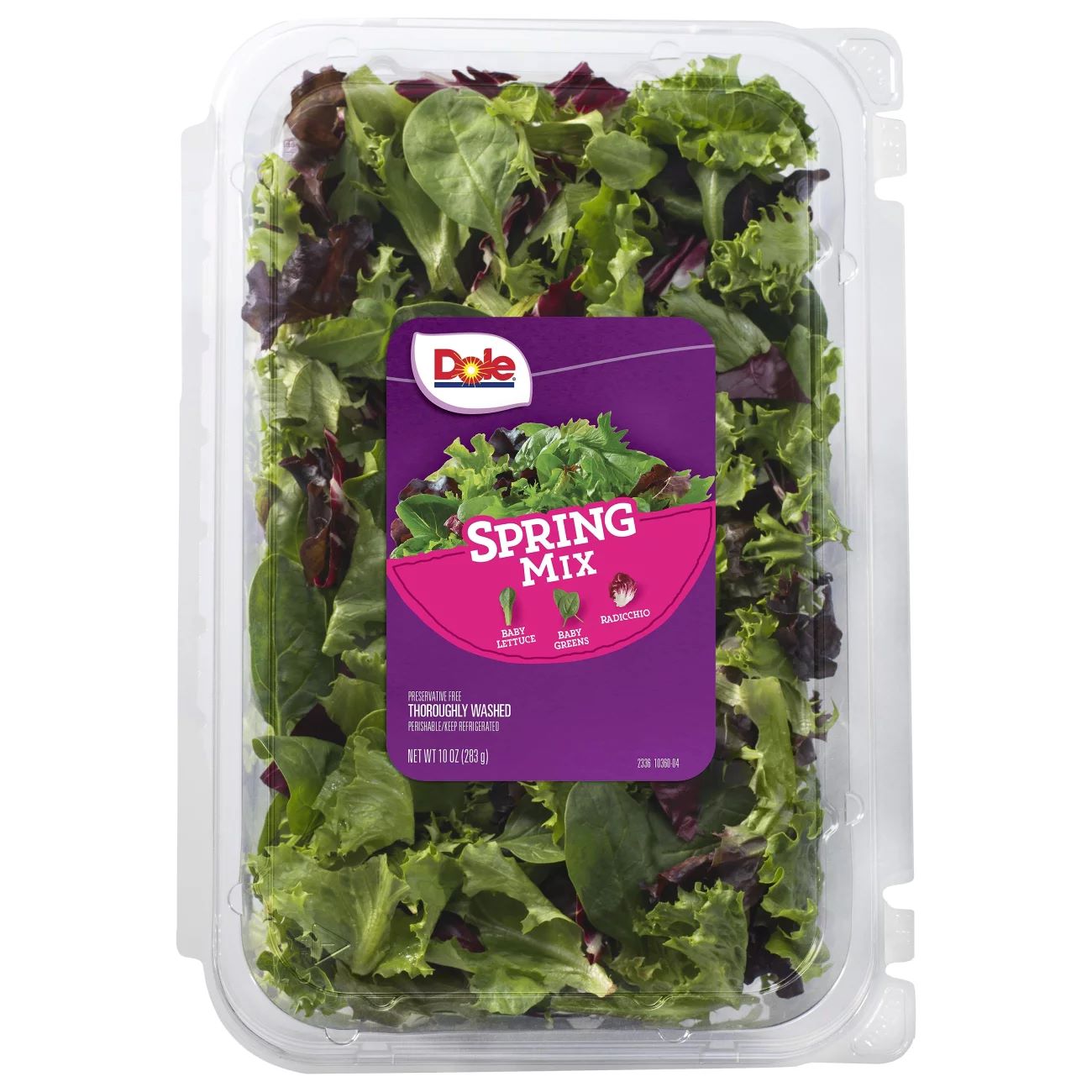


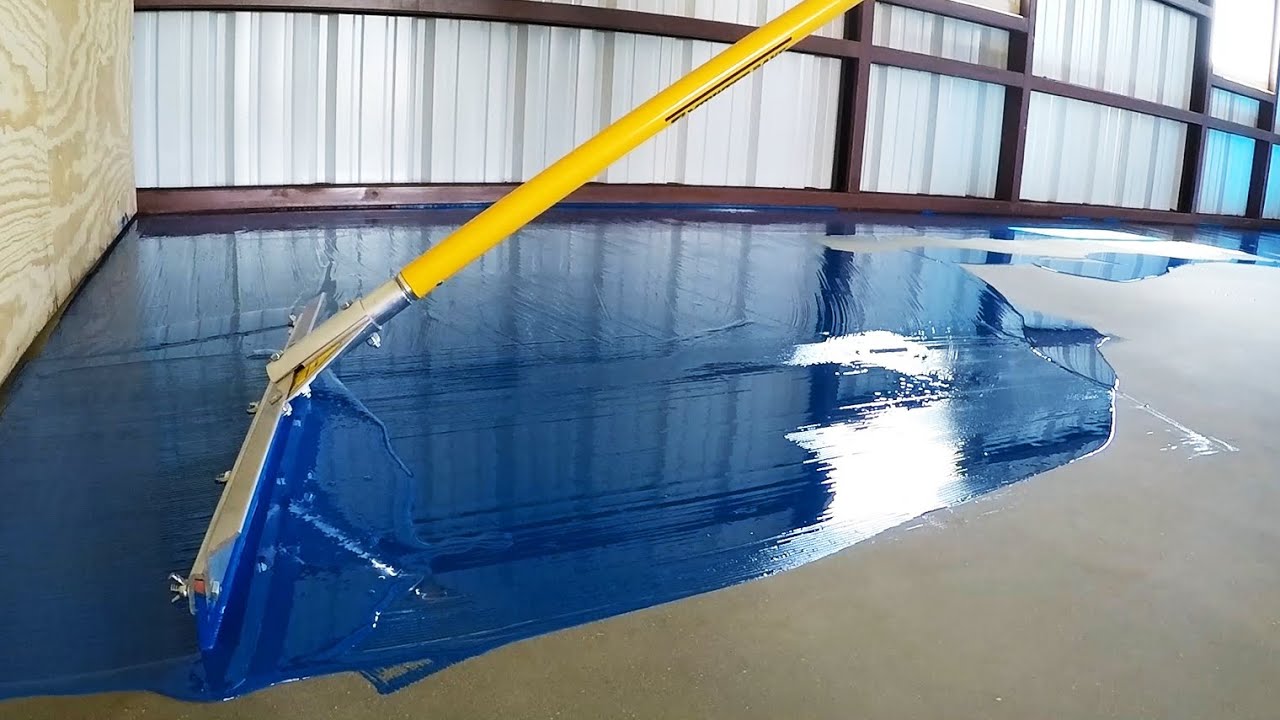

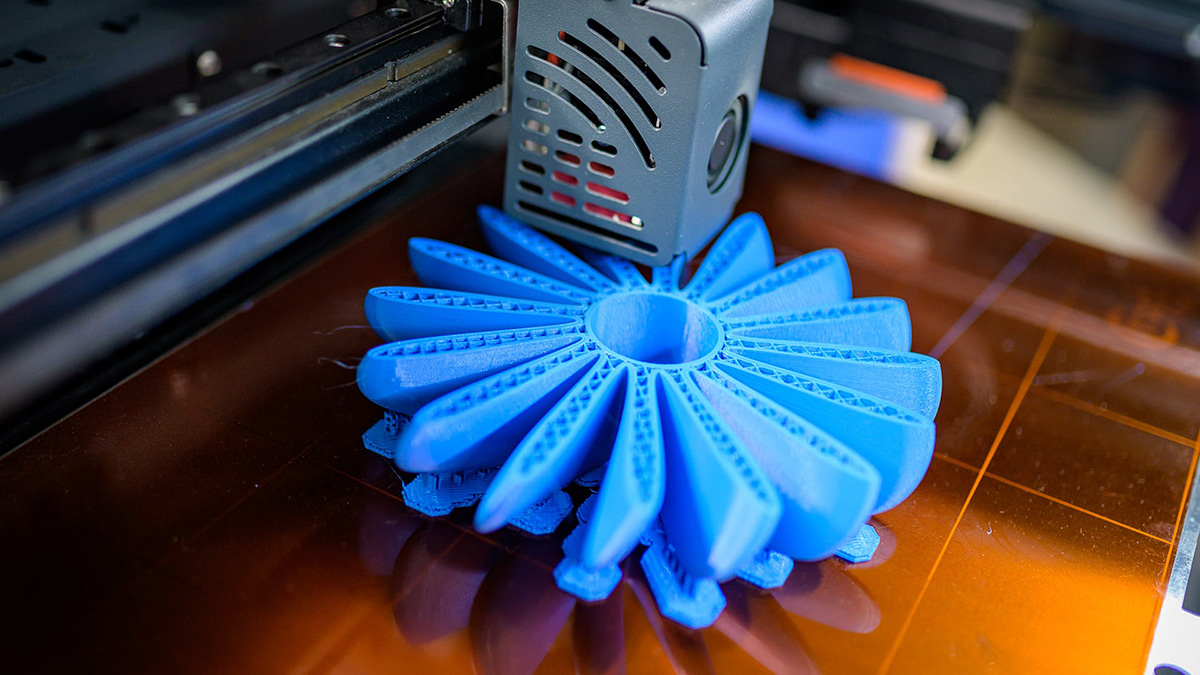

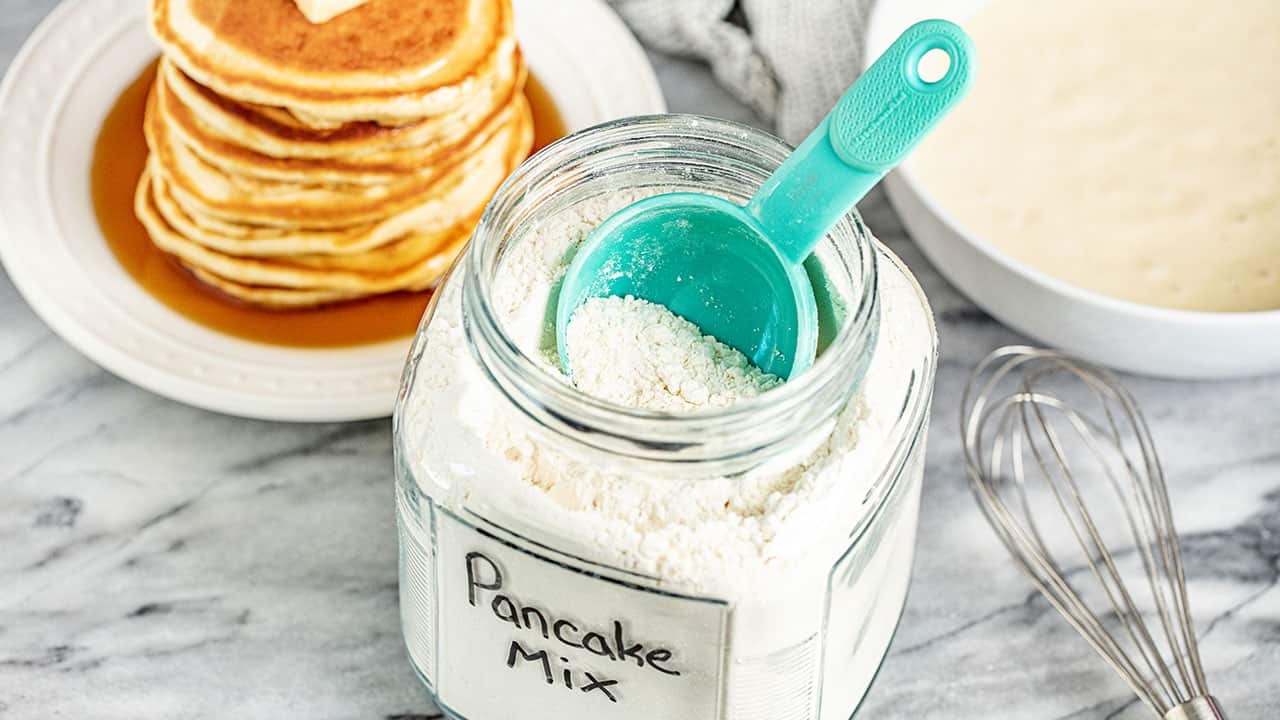


0 thoughts on “How To Store Mixed Epoxy Resin”